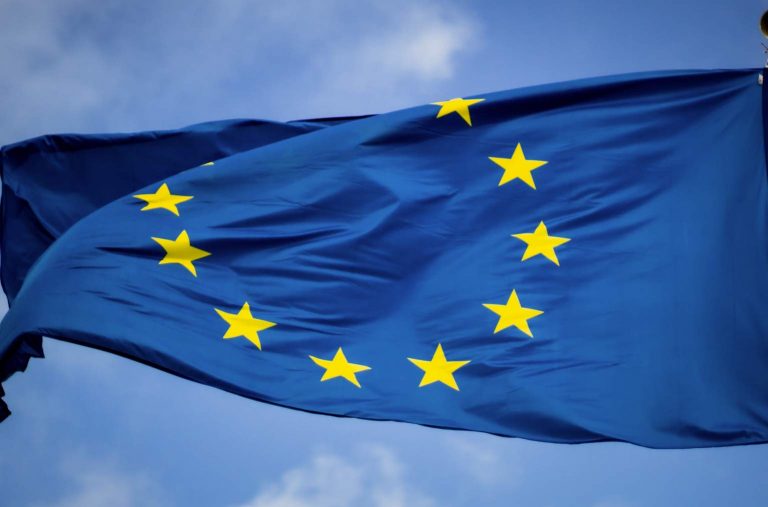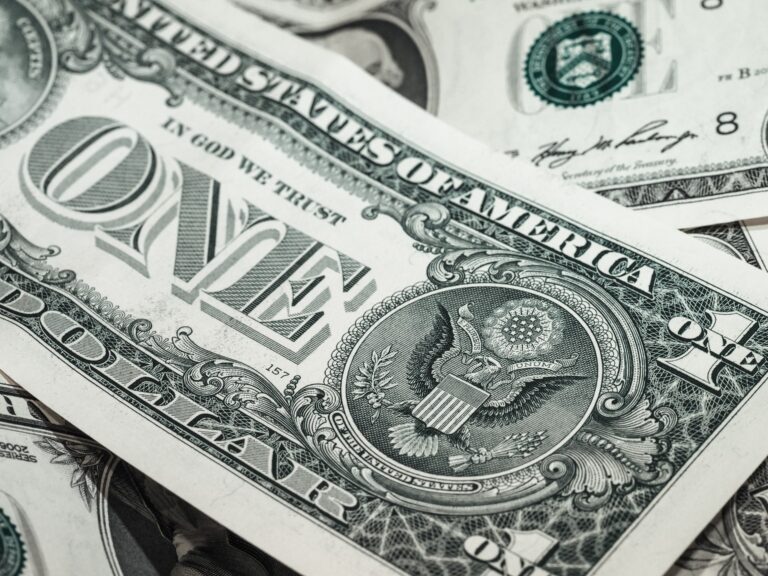
Morning Brief – Another week, another level
We discussed the implied yield curve last week with a promise to take a look back at how the market pricing has evolved in subsequent trading sessions. There was particular note taken of the potential impact that the Bank of England’s decision on Thursday could provide to the market and in turn how the so-called mini-budget might be digested. As you would have seen from news headlines and our FX desk, the fallout in GBP has been particularly severe. Here’s why this has happened, how implied interest rates have evolved and the possible policy options to restore order to the Pound.
Thursday’s Bank of England decision provided a framework within which the monetary authority placed itself further behind the market. The Bank opted for a 50-basis point hike shy of the 75 priced in by markets. This immediately created lower demand for Sterling as a result of the interest paid on deposits and loans respectively with the Bank pushing the price of Sterling lower. Having created a negative tilt on the price of borrowing Friday saw the new Chancellor deliver tax cuts in excess of those the market was looking for. Expected borrowing requirements nearly doubled from their previous levels as a result of the tax cuts and energy price cap promises leaving the expected budget deficit in excess of £100bn for several years to come. Therefore, at the exact same time as the treasury was asking the market to provide more debt to fund its fiscal policy, the Bank of England was reducing the reward for holding such paper.
By Friday afternoon and through to Monday morning the picture was clear. Sterling was to be the escape valve, as we suggested, for the melting pot of monetary and fiscal adjustment. It was thin markets and illiquidity in the Asian session that forced the Pound down to record lows but the fundamentals were caused by the financial events we are seeing in UK markets. Despite the weak adjustment in monetary policy from the Bank, in light of the fiscal package delivered by the Chancellor on Friday, markets have been pricing in heavy central bank tightening for the remainder of the year. Here’s how expected interest rates have evolved since last week:

Source: Bank of England data and own calculations 27/09/2022.
Note the higher terminal rate, higher long term interest rates and steeper corrective angle of attack priced into the curve as a result of the policy adjustments last week.
So having sparked the problem, what can public institutions now do to restore the Pound? FX intervention is a possibility as we have seen in Japan. The Bank of England yesterday in a somewhat feeble statement already alluded to assessing the value of GBP in the context of its inflation mandate. Note, GBP at current levels will add just shy of 1% to the top line of inflation if current valuations persist fuelling the very problem monetary adjustment is trying to address. However, the Bank’s FX reserves are likely too low to fight a currency war so we can likely discount any direct market action other than dialectic influence.
Instead, how about using the Fed’s swap line that is permanently in place with the Bank to provide Dollar liquidity and relieve upward pressure on the Dollar. This is possible but would only likely be successful, as it was during the pandemic, with a coordinated policy usage and response from the Fed and ECB, something easier said than done. Overall, I think the Bank’s options in the absence of a coordinated swap line take up are twofold:
Firstly, rather counterintuitively, stop QT. Whilst this is arguably expansionary and could raise inflation marginally the link to inflation is weak and often delayed. When the GILT market is struggling, don’t add pressure by unloading stacks of UK paper for global bond buyers to also soak up. Secondly, raise rates to reach the terminal rate faster and reduce the time at which excessive borrowing rates must remain until GBP and bond investor confidence return. Indication of a willingness to do so, or conversely if such policy is not forthcoming, will result in rapid changes in GBP’s near-term outlook. Surely with short term implied volatility topping 25% and GBP falling 10% in value on a trade weighted basis in just two months, something or someone has to give.
Discussion and Analysis by Charles Porter

Click Here to Subscribe to the SGM-FX Newsletter
Related Insights

Daily Brief – EU Inflation
EU Inflation With the ECB annual symposium meeting in sunny Sintra, Portugal, inflation is very much on President Lagarde’s mind ; that is because it is showing signs of rising with the monthly inflation rate showing an increase of 0.3% and that presages a break above the target 2% rate just as she and her colleagues […]

Daily Brief – Gold
Gold With Gold accounting for the second highest proportion of Central Bank reserves after the USD and the mood music shifting to it assuming a greater influence on future reserves management, it is worth looking at the numbers behind that. In the 1960s, Central Banks held the highest amount historically of 38,000 tons of gold. […]

Daily Brief – US Dollar
US Dollar Markets not liking POTUS pontificating on the Federal Reserve’s interest rate policy on Wednesday, and less still on his view about the competence or otherwise of Chairman Powell. Given the past few weeks, the betting is that Powell’s time is over either being replaced or having a Trump nominee second guessing him but […]



 Humphrey Percy
Humphrey Percy